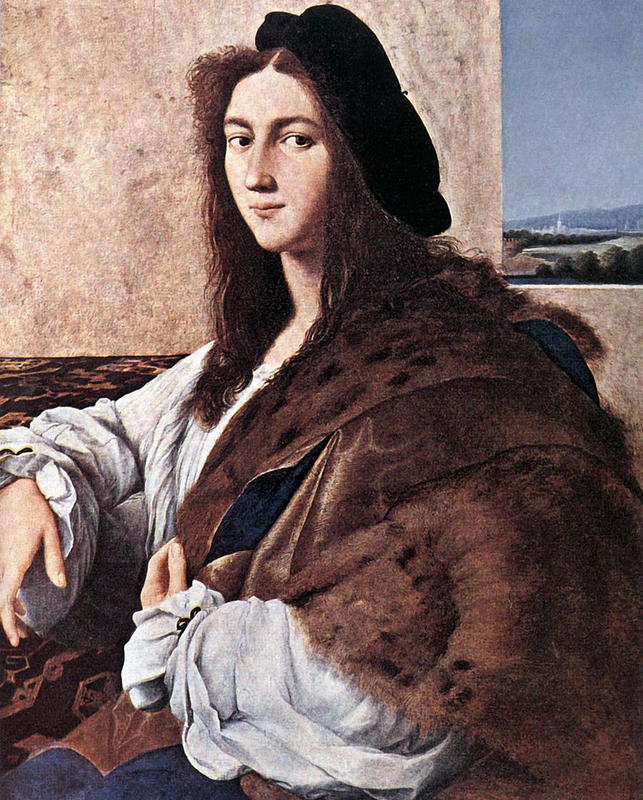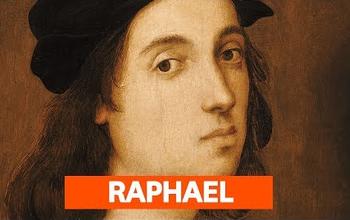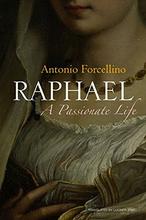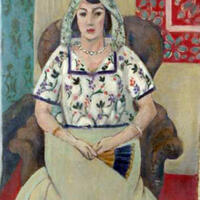More about Portrait of a Young Man
- All
- Info
- Video
- Shop

Sr. Contributor
Portrait of a Young Man by Raphael is the most important artwork that remains missing in the wake of World War II.
The work is likely a self-portrait. If only they'd put out age-adjusted photos, people might be able to identify the young man today.
It was purchased by the Czartoryski family in Venice in 1801. Once the Czartoryski collection evolved into a proper national museum, Portrait of a Young Man became one of Poland's prized possessions. Until it was stolen by the Nazis alongside 80 other works almost immediately after invasion. The work was hand-picked as personal booty by Hans Frank, the governor-general of Nazi occupied Poland. Frank happened to have stolen a castle to live in for the war's duration, and what's a stolen castle without some stolen masterpieces? However, Frank had a rival in Nazi Vice Chancellor Hermann Goering. Goering valued the Young Man as prized booty, too. Frank and Goering grabbed each other's booty often, trading Young Man throughout the war.
Raphael's displaced portrait has had quite the fictional life since the World War. Polish novelist Zygmunt Miloszewski wrote a bestselling novel titled "Priceless" in which a Polish diplomat secures the painting's return. The painting is featured in a classic Simpsons episode where Bart and his Grandpa try to win a tontine formed between the elder Simpson and Mr. Burns in the wake of WWII. Portrait of a Young Man is part of the cache of paintings that will go to the winner. Young Man is burned by the Nazis at the beginning of the movie "Monuments Men". It's like grandpa always said when we were kids, "If you can't learn about it from a cartoon or George Clooney, it just ain't worth learning."
Featured Content
Here is what Wikipedia says about Portrait of a Young Man (Raphael)

Portrait of a Young Man is a painting by Raphael. It is often thought to be a self-portrait. During the Second World War the painting was stolen by the Nazis from Poland. Many historians regard it as the most important painting missing since World War II.
The portrait is in oil on panel, probably from 1513 to 1514, and is by the Italian High Renaissance Old Master painter and architect Raffaello Sanzio da Urbino better known simply as Raphael.
The subject's identity is unverified, but many scholars have traditionally regarded it as Raphael's self-portrait. The facial features are perceived by specialists as compatible with, if not clearly identical to, the only undoubted self-portrait by Raphael in his fresco The School of Athens at the Vatican, identified as such by Vasari. If it is a self-portrait, no hint is given of Raphael's profession; the portrait shows a richly dressed and "confidently poised" young man.
No colour photographs of the painting were made before it disappeared; the colour image has been artificially coloured.
Check out the full Wikipedia article about Portrait of a Young Man (Raphael)


















Comments (1)